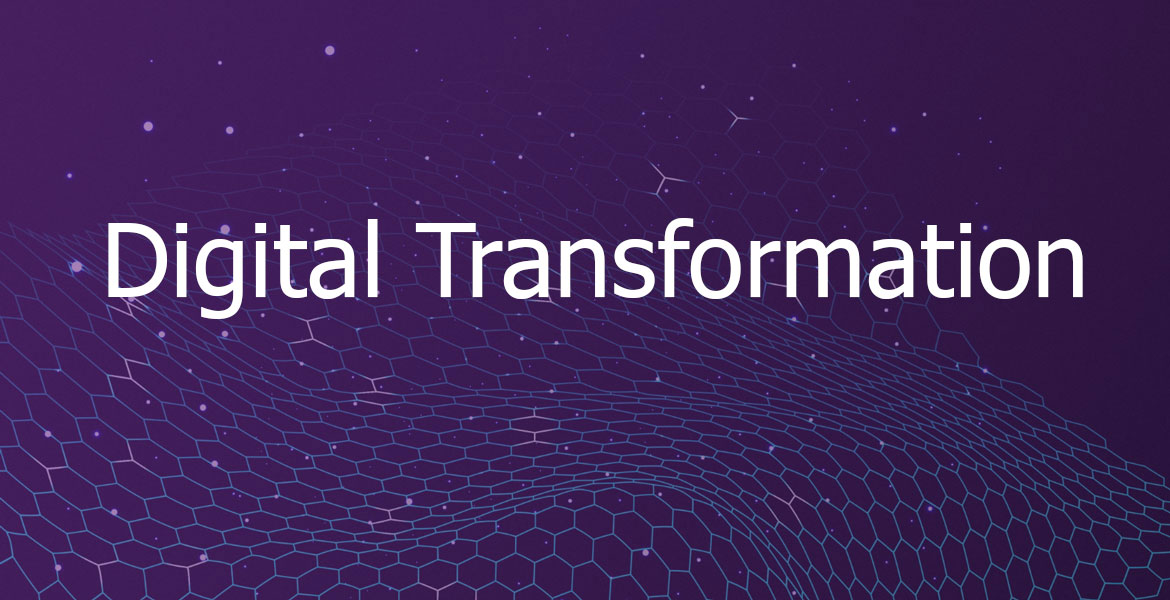It’s no doubt that we live in a time when technology changed the world and our lives particularly. In a good way. It’s crucial for the businesses to adapt to the changes and improve the existing processes to stay successful and profitable.
At ITCL we think that human approach with the right tools can make the businesses succeed, one of those tools is marketing automation. Cloud based software designed to streamline the marketing efforts on targeting prospects and existing customers. There are so many great use cases for marketing automation available that would be hard to describe in one single article. However, I will try to briefly cover a few topics that might spark your interest in this technology.
To start, one of the most important goals for client-faced businesses is to optimize human resources engagement on repetitive tasks but still have contact with a customer. Let’s imagine that someone is organizing a big conference with multiple well-known speakers that bring quite a big audience. Managing the process of registration and supplying relevant information might not be an easy task. Marketing automation professional services can help to collect, organize and spread the information among the audience of attendees. The whole process, easily. In addition to that, keeping engagement and customer satisfaction at a high level is another task that can be accomplished with providing relevant personalized information to the selected audience. Only useful, easily readable, only relevant information from the business to the customer with minimum efforts from the customer’s side. That would be a well-designed email easily readable across mobile and desktop devices, with information about speaker’s sessions that the customer subscribed to, organized in the right way based on start/end session time, and quick intro per each session. The list of enhancements is limited to imagination only, for example, add the functionality to add to the calendar, create a path plan on the exhibition floor to navigate the customer how to get from one session to another; when is the lunch break and what are the options and food/drink location on the map; provide the recommendations on the other speakers sessions based on customer’s persona/profile; etc. It’s also possible to include relevant advertising in these communications to further benefit the business and customers needs.
The successful setup and execution of this campaign will minimize the organizer time and effort in managing inquiries and responses from/to the clients. And let’s imagine the impact on the subsequent setup of such exhibitions down the road, when everything is pretty much defined and just small details would require adjustments and revisions.





